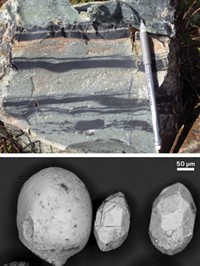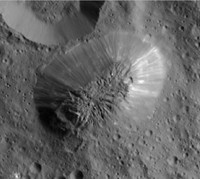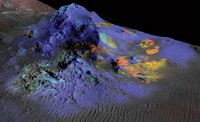Advertisement
Grab your lab coat. Let's get started
Welcome!
Welcome!
Create an account below to get 6 C&EN articles per month, receive newsletters and more - all free.
It seems this is your first time logging in online. Please enter the following information to continue.
As an ACS member you automatically get access to this site. All we need is few more details to create your reading experience.
Not you? Sign in with a different account.
Not you? Sign in with a different account.
ERROR 1
ERROR 1
ERROR 2
ERROR 2
ERROR 2
ERROR 2
ERROR 2
Password and Confirm password must match.
If you have an ACS member number, please enter it here so we can link this account to your membership. (optional)
ERROR 2
ACS values your privacy. By submitting your information, you are gaining access to C&EN and subscribing to our weekly newsletter. We use the information you provide to make your reading experience better, and we will never sell your data to third party members.
Physical Chemistry
Mini volcanoes are spotted
July 31, 2006
| A version of this story appeared in
Volume 84, Issue 31
Almost 10 years ago, an unmanned submersible in the Japan Trench picked up a chemically curious sample of young alkali basalt. Further sampling and investigations of this and another site by Naoto Hirano of the Tokyo Institute of Technology and Scripps Institution of Oceanography in La Jolla, Calif., suggest to him and his colleagues that they may have discovered a previously unrecognized type of volcano. They call them "petit spots" (Science, DOI: 10.1126/sci ence.1128235). These tiny volcanoes are away from tectonic plate boundaries or midocean ridges. Furthermore, their lava appears chemically different from that of "hot-spot" volcanoes, such as ones from which the Hawaiian islands emerged. Geoscientists have long theorized that hot-spot volcanoes form from rising plumes of magma originating in the deep mantle. Trace elements and isotopic composition data from the petit spots, however, indicate that their lava comes from shallower, more diffused reservoirs of magma reaching the surface through flex-induced fractures in the plate.





Join the conversation
Contact the reporter
Submit a Letter to the Editor for publication
Engage with us on Twitter